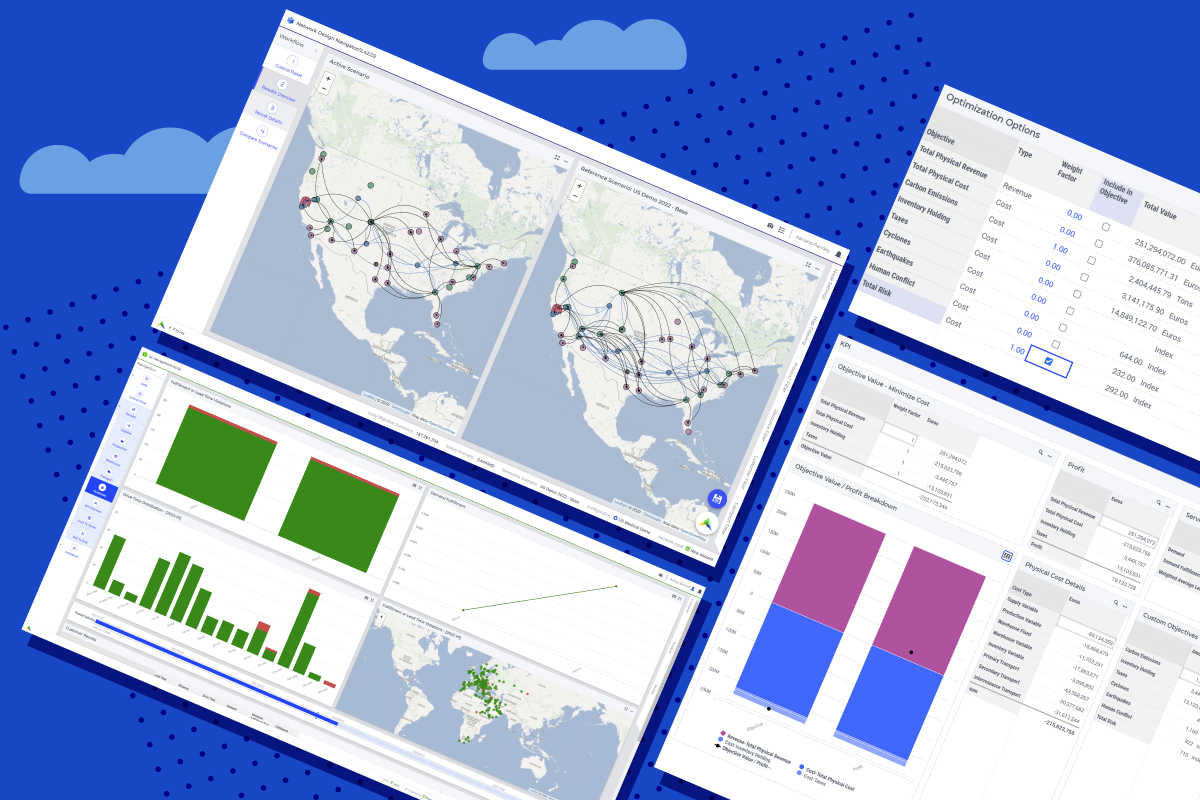The Problem with Forecast-Driven Supply Chain Planning
Supply chains have evolved considerably in the last 5-6 decades. Think of toothpaste, a product we use every day. In 1965, Colgate and Crest had one type of toothpaste each. By 2012, Colgate had 17 types and Crest had 42. Since then, the number of product variants has only increased, and so has supply chain complexity. Forecast accuracy at the SKU-level is a lot more difficult to obtain. Yet, our entire approach to supply chain planning is still based on having an accurate forecast. Tim Payne’s “Gartner Maverick*Research: ‘Demand-Driven Is Deadly to Your Supply Chain,” makes a compelling case for abandoning this old approach. In fact, he argues that it’s detrimental to achieving resilience. But what exactly does demand-driven mean in this context, and what are the alternatives?
Defining demand-driven and exploring alternatives
In Tim Payne’s definition, demand-driven means having a single forecast propagated through all supply chain planning processes. This is not the same as DDMRP (Demand Driven Material Requirements Planning), which actually helps you adapt your supply chain plans as demand fluctuates. In a traditional sense, being demand-driven assumes that if you have an accurate forecast and a plan to match it, everything else will fall into place. In practice, the forecast is almost always wrong, and we constantly have to firefight when reality strikes. So, if this deterministic, forecast-driven approach no longer works, what’s next? There are numerous approaches you can take.
Combine demand sensing with strategic buffers
Deterministic planning in a short-term horizon on a single supply chain node might still do the trick, especially when combined with demand-sensing techniques and capacity, inventory and lead time buffers. In other words, you strive to achieve a plan in the short-term but knowing that you have the right buffers in place to handle unexpected uncertainty. Those who are familiar with DDMRP might recognize this buffer-based approach. Let me illustrate with an example.
When I worked at BT, we recognized that the focus on forecast accuracy was problematic. Like most supply chain professionals, we had two choices:
- Investing in more technology to improve forecast accuracy;
- Finding another way, because there’s only so much you can do to improve forecast accuracy in a volatile environment.
The solution that served us was using DDMRP to respond to changes in demand and lead time in near real-time. We used the forecast at an aggregate level to determine what capacity we needed to have in place. We also used it to size inventory buffers, taking variability at the SKU level into account. The day-to-day replenishment and management of those buffers was driven by real demand. So, we effectively decoupled the propagation of the forecast through the supply chain.
Another alternative is embracing resilient and probabilistic planning.
Adopting probabilistic planning
Probabilistic planning tries to answer how robust your supply chain configuration is, and how much uncertainty it can handle. To achieve this, Gartner recommends that you:
- Develop your digital supply chain twin in order to model the real-world supply chain.
- Start creating KPIs that allow you to measure resilience – for instance “time to survive, time to recover and probability of execution.”
- Adjust your technology roadmap and capabilities to “switch to uncertainty-driven supply chains and the emergence of resilient planning.”

Actions you can take to get started
Forecast accuracy is still seen by many as “the supply chain holy grail.” But in this search for accuracy, most organizations only see diminishing returns, relative to the investments in time and technology. Although we are a supply chain planning technology vendor, we recognize that this fundamental shift is not just about technology. It’s about facilitating a shift in mindset.
For us, it makes sense to start with long-range planning, making sure your supply chain is configured to handle uncertainty and has the right capability in place to meet variability. Capability in this context includes sourcing decisions, capacity decisions, network design choices, along with where and how much inventory to carry.
What is AIMMS doing to help you prepare for this shift?
For decades, we have empowered customers with the ability to model their supply chain and run multiple scenarios. For instance, customers are using our Network Design application to test different scenarios, optimized for a given objective, on a regular basis. Instead of relying on one number, one plan, they can easily explore alternatives as things change.
One of the new and very exciting areas we are exploring to further enhance planning under uncertainty is robust optimization. What we’re working on right now is understanding how we can apply this technique to:
- Understand how much uncertainty a given solution can handle, and/or
- Find the optimal solution when we explicitly add uncertainty into the model.
Robust optimization allows us to consider the probability distribution of any parameter that might be subject to uncertainty. This includes demand, but also capacities, lead times, production yield, and more. In S&OP, for instance, robust optimization allows you to understand if you have the right supply chain capability in place to handle variability and uncertainty. This stands in stark contrast with a deterministic model, where you’re just looking to optimize supply against a single view of demand that is assumed to be accurate.
If you have questions about adopting a more resilient planning approach, drop us a line below.





